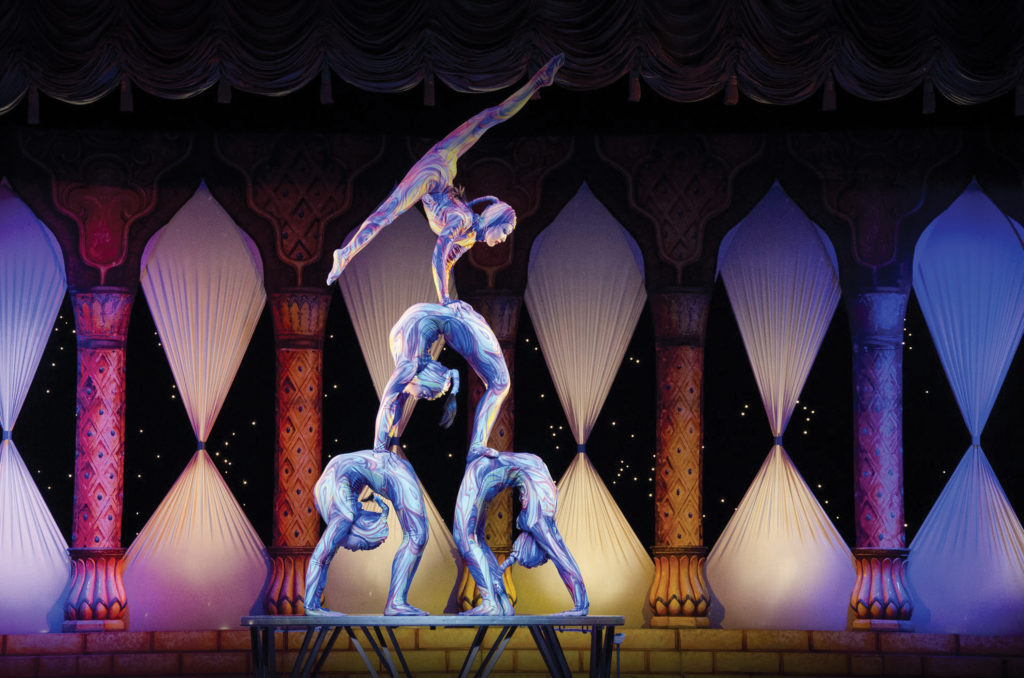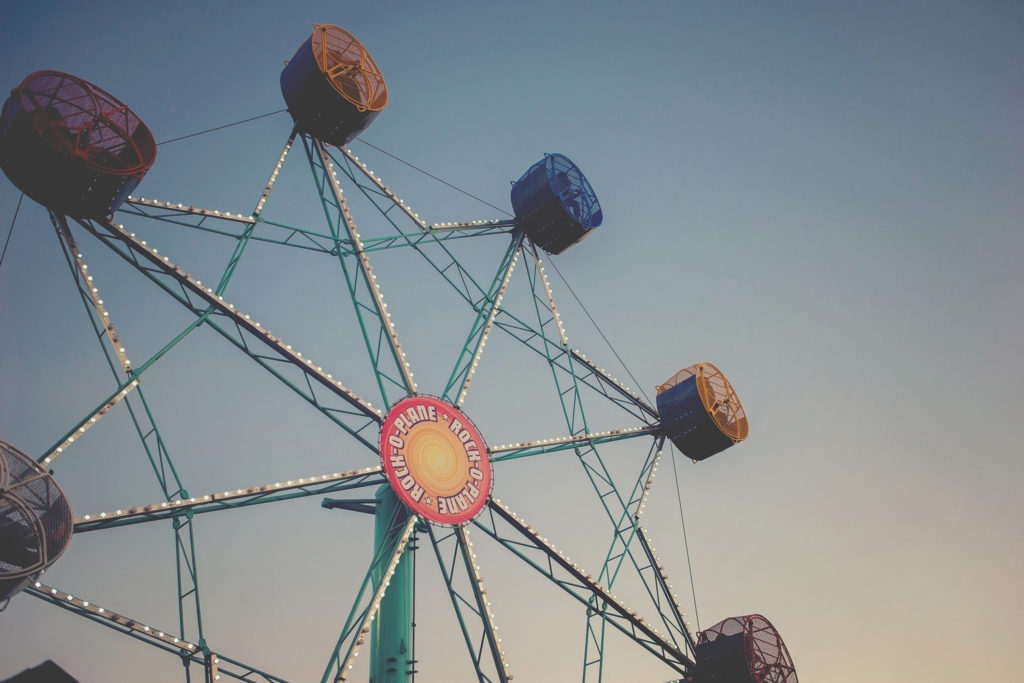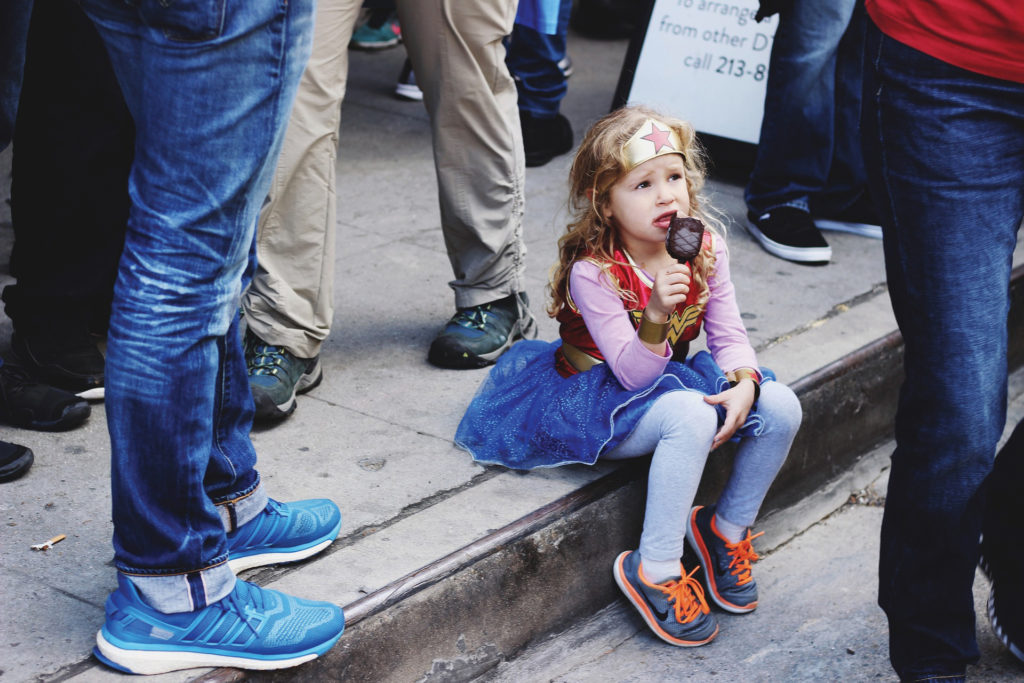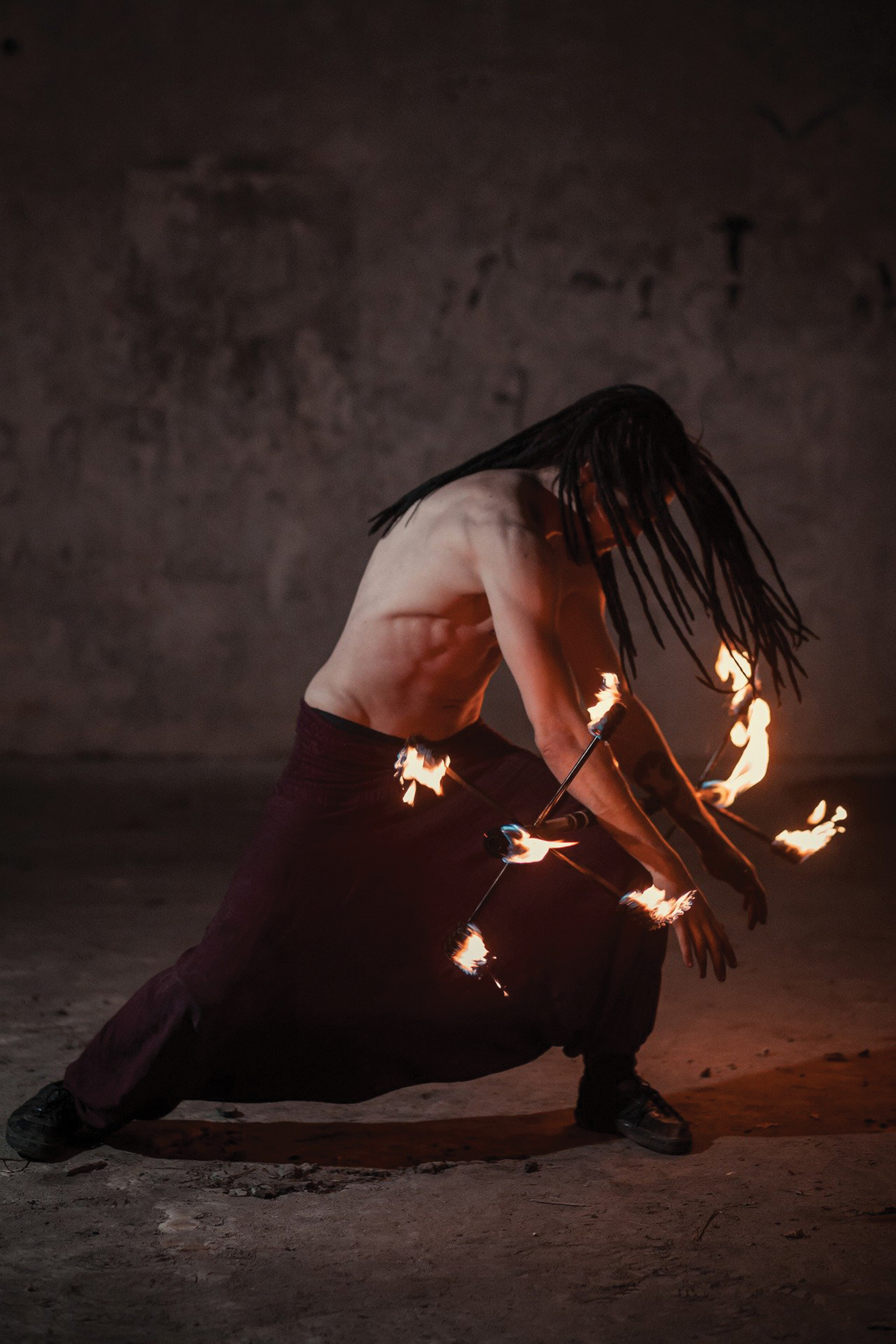REFLECTIONS • COMMUNICATING HAPPINESS

MAKE YOUR FAMILY A CIRCUS OF FREAKS
Jesus, the Christ, is the Freak of freaks. To believe and follow Him
is not only something right and true, but also something beautiful
BY DILLON NAICKER | LAY MISSIONARY, JOHANNESBURG
HOLLYWOOD WAS not always in the habit of depicting “freaks” in a positive light until the Marvel vs. DC Comics (1996) universes of the new millennium gave new dignity to the ‘superhero’ or ‘mutant’. Identity politics aside, I am supernaturally drawn to these outstanding beings and have entertained a ‘Theology of the Freak’, more specifically inspired by the film, The greatest showman (2017). To be a freak, according to the Merriam Webster.com Dictionary, means to be unusual i.e., to stand out. Paradoxically, human beings possess a need for the latter, yet most settle for the comfort and safety of an uninspiring normalcy. Then there exist freaks that stand out for all the wrong reasons. Adolf Hitler, Donald Trump and Jacob Zuma just might embody the villainous freaks in the virtual comic book of world history. But, how about Mother Teresa, St Therese of Lisieux, St Francis of Assisi or, on that note, Pope Francis? These, and many more, are the freaks of Jesus Christ and, like every human (including the villains), and the Lord Himself, come from families.
The theology of The greatest showman (2017)
In the film, The greatest showman (2017), Phineas Taylor Barnum criticises the ordinary people for their misery, and invites them to “come alive” by encountering the freaks of society. The film depicts Phillip Carlyle’s conversion from embracing the status quo to joining Barnum’s Circus of freaks. By choosing to associate with “the other side”, he finds life by rejecting “[his] place” among the seemingly dignified people he grew up with. Before the credit roll, Barnum is quoted as having said, “The noblest art is that of making others happy”. Carlyle thanks Barnum for helping him discover “love, friendship and a work that [he adores]”. The freaks similarly praise Barnum for giving them “a home” where they can be who they are “meant to be”.Notably, Barnum’s own wife and children find great joy in Barnum’s Circus: his mission to bring life to the world. The bridge between his circus family and that of his home is beautifully unveiled in the closing scene as he repeats the bridge of the film’s opening song, “it’s everything you’ll ever want, it’s everything you’ll ever need, and it’s here right in front of you, this is where you wanna be”. He sings these words next to his wife while the two of them enjoy their daughters’ ballet performance. Right at this moment, Barnum gets it.
Freaks are born and bred
Barnum, like any loving spouse and parent, wants to see his family happy. That same love, friendship and joy experienced by his family of freaks is what he desires for his wife, children and all of their posterity. At this point of the film Barnum and Carlyle have made an agreement to own the circus fifty-fifty, with Barnum remaining the ringmaster. As the film ends, Barnum hands over the ringmaster’s hat and cane to Carlyle who accepts his gesture and asks, “What will you be doing?” to which Barnum responds, “watching my daughters grow”. As a missionary, this decision disappoints me. Barnum seems to, in part, abandon his calling. However, as a family man—I salute him. He embraces the need to expand his mission beyond himself to rear more missionaries for the future, more freaks that can “make others happy”, more superheroes that can save souls for the “Greatest Show” which is the Kingdom of God.

The best evangelisation strategy is to capture people with the beautiful, enchant them with the good, and then lead them to the true
The X-Gene: the greatest Freak of all
With the Greatest Show as the Kingdom, the Greatest Showman is surely the King: Jesus. In the world of superhero science, mutants are believed to be as such due to their possession of the “X-Gene” in their DNA (X-Men 2000). As I theologise this mysterious gene, I find the Chi-Ro, a well-known symbol for Christ throughout Christian history (Merriam-Webster.com Dictionary). The Good News is that every person throughout history possesses this Christ-Gene in that “all things were made through Him” (Jn 1: 3) and, through Christ’s passion, death and resurrection, He has made “all things new” (Rev 21: 5). We are His Christ(X)-Men. The greater superhero-world sees all kinds of non human creatures with special powers, and human beings that receive powers through some kind of incident. In theologising the former, I find the heavenly beings of God’s kingdom, such as the choirs of angels. In doing so with the latter I find such incidents to be conversions i.e., encounters between humans and Jesus Christ that bring changes to their lives through the power of the Holy Spirit. Prominent examples here are the twelve apostles of Jesus who became empowered evangelisers at Pentecost (Acts 2). More significant, perhaps, is what these Jesus-freaks do with their powers. Every human being, knowingly or not, wants to be a hero. So, what does the heroic path entail?

TIf you want to change the world, go home and love your family
Saints of the past and present: Christ in “the least of these” (Mt 25: 40)
If the noblest art is that of making others happy, then the world needs to know what authentic happiness is. No human person does not desire happiness. Bishop Robert Barron holds that the world offers four paths to happiness: wealth, honour, power and pleasure. Jesus offers the Beatitudes. The word “blessed” from the Greek makarios can also mean happy, fortunate or well-off (Vine’s Greek Dictionary). This Christian happiness is silly to the world (1 Cor 1: 18) and to many who claim to follow Him. So ensnared by power, pleasure, wealth and honour are (even) “Christians”, that the saints through the ages were (typically) oppressed by their fellow believers. They were often regarded as mindless, delusional individuals whereas they were as outstanding as Christ was. This is what it means to be a heroic freak. The saints were and are unique, as God created them to be, and not as the world expects them to be: originals as opposed to mere copies. They walk in the Spirit, and not in the spirit of the world and because they stand out as Christ did, they suffer in His image and likeness, hence being “blessed”. Pope Francis, in chapter four of Gaudete et Exultate (2018), points out five signs of modern-day holiness: 1) perseverance, patience and meekness; 2) joy and a healthy sense of humour; 3) boldness and passion; 4) living in community; and 5) constant prayer. These serve as good criteria for discovering the saintly freaks in society and the Church, both of the past and present. In addition, at the heart of this saintliness is love.

Source: Image by Vinson Tan ( 楊 祖 武 ) /Pixabay.
The way of beauty
…do well to attend to the “way of beauty” (via pulchritudinis). Proclaiming Christ means showing that to believe in and to follow Him is not only something right and true, but also something beautiful…Every expression of true beauty can thus be acknowledged as a path leading to an encounter with the Lord Jesus (Evangelii Gaudium §167).
Emeritus Pope Benedict XVI, in his homily at the Westminster Cathedral (2010), referred to the world’s need for the beauty of holiness embodied in the saints. Bishop Barron highlights the other two “transcendentals” inseparable from beauty: truth and goodness (Barron 2018). Barron (2014) explains the relationship between these transcendentals in the evangelisation task, according to the theologian Hans Urs von Balthasar: “the best evangelisation strategy is to capture people with the beautiful, then enchant them with the good, and then lead them to the true”. Indeed, when confronted by authentic beauty, the human heart is struck simultaneously by what is true and good; it is awakened to its deepest yearning for 1) God (Pope Benedict XVI 2009), and 2) for what is ultimately true, good and beautiful are those things that are of God—the ultimate Truth, Good and Beauty. Since God is love (1 Jn 4: 8), it again stands to good reason why the greatest beauty is love. What draws us to Christ as to his saints is love of God and neighbour.

Source: Image by Evgeniya Litovchenko / Pixabay.
Beauty, in its authentic form, calls us to get in touch with life in its fullness i.e., life in Christ (Jn 10: 10). It calls us to question our existence, our meaning and purpose; it brings us before our Creator (Pope Benedict XVI 2009). We realise, states C.S. Lewis (1942), that we ourselves are part of this very beauty that has struck us; we are destined to be one with it. Now, we move from questioning to knowing and yearning, to hoping and believing in what is to come: eternal happiness (CCC §1818). Beauty calls us to listen to God, to believe what God says to us, and to leap into the arms of Jesus where I know I am lovable and loved, good and beautiful; that I matter; that I’m a big deal (Pivonka 2016).
How tragic that so many of us reject Beauty—Jesus—and remain chained by the powers, pleasures, treasures and honours of the world, removed from our authentic, free, fulfilled selves. It is however perhaps more tragic that the latter reality is mostly generated in the home when parents and guardians fail to recognise and uphold the dignity and power of uniqueness in their young ones and, moreover, grasp that this superpower has its source in God. Mary and Joseph raised the Freak of freaks, the Greatest Showman of the Eternal Circus, the Supreme Superhero—Jesus, the Christ. This was their mission of hope and faith, with love at its centre. Moreover, its fulfilment led to eternal salvation for the world. With Mother Teresa, then, I say, “If you want to change the world, go home and love your family”.
